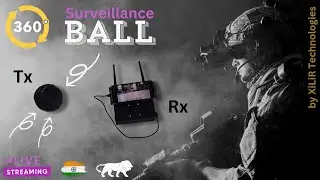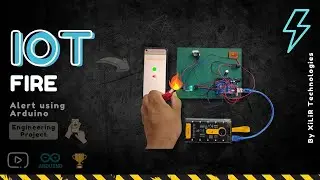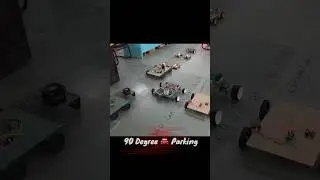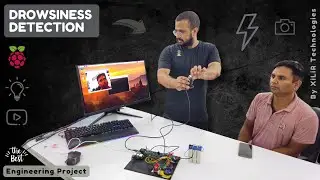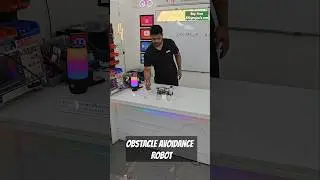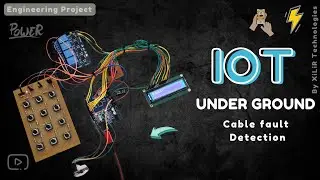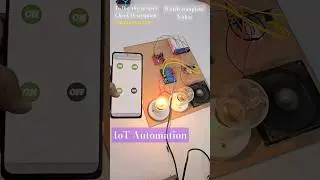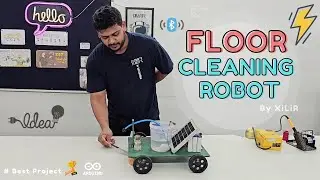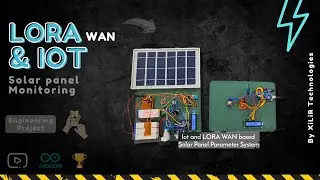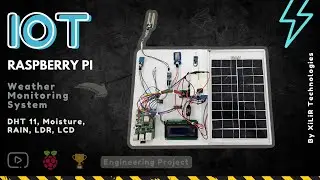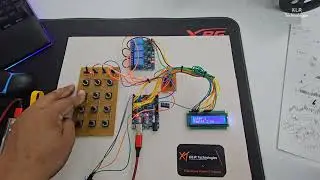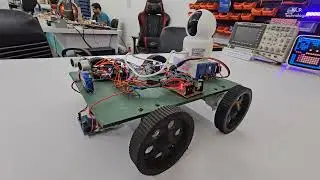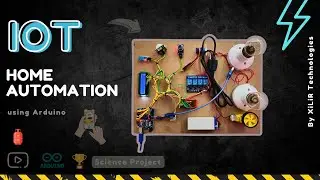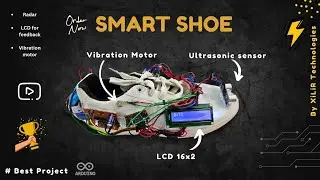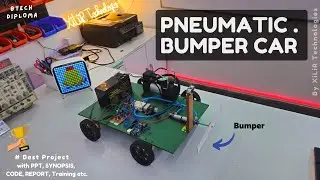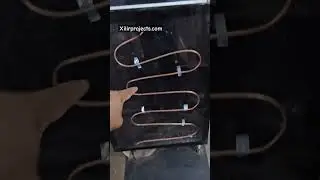Foot Step Power Generation using piezoelectric sensor
Buy from here thank you.
https://xilirprojects.com/product/foo...
Complete video
• Footstep Power Generation using Piezo...
• Sound Energy to Electrical Energy Pro...
A piezoelectric sensor is a type of sensor that uses the piezoelectric effect to convert mechanical stress or pressure into an electrical charge or voltage, or vice versa. This effect is observed in certain materials like quartz, ceramics, and some polymers. Piezoelectric sensors have a wide range of applications, including in industrial, automotive, medical, and consumer electronics fields. Here's a basic overview of how a piezoelectric sensor works and how you might use it:
Working Principle:
Piezoelectric Material: A piezoelectric sensor is made from a material that exhibits the piezoelectric effect. When mechanical stress or pressure is applied to this material, it generates electric charges on its surface.
Generation of Charge: When the material is subjected to mechanical deformation (e.g., pressure, vibration, or impact), the arrangement of atoms within the material changes, causing a displacement of electrons and the generation of an electric charge across its surfaces.
Voltage Output: This electric charge generates a voltage across the sensor's terminals, which can be measured using appropriate electronics. The magnitude of the voltage is proportional to the applied mechanical force or pressure.
Use in Sensing: In many applications, this generated voltage is used to sense or measure the force, pressure, or acceleration applied to the sensor.
Applications:
Piezoelectric sensors are used in a variety of applications, including:
Acoustic Sensors: Piezoelectric microphones and hydrophones convert sound waves into electrical signals.
Pressure Sensors: They measure pressure changes and are used in industrial processes, automotive tire pressure monitoring, and medical devices like blood pressure monitors.
Vibration and Impact Sensing: Piezoelectric sensors can measure vibrations and impacts in machines, buildings, and infrastructure for condition monitoring and fault detection.
Ultrasound Imaging: In medical imaging, piezoelectric transducers emit and receive ultrasound waves for imaging internal body structures.
Energy Harvesting: Piezoelectric materials can convert vibrations and mechanical motions into electrical energy, which can be used to power low-power devices.
Touch and Force Sensing: They can be used in touchscreens and touch-sensitive interfaces to detect touch and pressure variations.
Usage Tips:
When using piezoelectric sensors, consider the following:
Signal Conditioning: The raw voltage output from a piezoelectric sensor might be noisy and require amplification and filtering to obtain accurate measurements.
Protection: Mechanical overload or excessive stress can damage piezoelectric sensors. Mechanical or electrical protection might be necessary in some applications.
Temperature Effects: Piezoelectric materials can be sensitive to temperature variations, which might affect their performance. Compensation or temperature control might be needed in certain cases.
Calibration: Sensors may need calibration to ensure accurate measurements, as their sensitivity might vary due to manufacturing differences.
Frequency Range: Different piezoelectric materials have varying frequency response ranges. Choose a sensor that matches the frequency range of your intended application.
Remember that the specific requirements and setup for using a piezoelectric sensor will vary based on the application you have in mind. Always refer to the manufacturer's guidelines and specifications for proper usage and implementation.
Footstep power generation, piezoelectric sensor project, energy harvesting from footsteps, piezoelectric generator, footstep energy conversion, renewable energy from footsteps, piezoelectric energy harvesting, footstep electricity generation, piezoelectric power harvesting, walking energy conversion, footstep energy scavenging, piezoelectric footstep technology, self-powered shoes, human motion energy harvesting, footstep energy capture, piezo power generation, footstep electricity production, sustainable energy from footsteps, piezoelectric walkway project, footstep energy utilization.
check xilirprojects.com for more details.
thanks fir watching
Смотрите видео Foot Step Power Generation using piezoelectric sensor онлайн, длительностью часов минут секунд в хорошем качестве, которое загружено на канал XiLiR Technologies 27 Февраль 2023. Делитесь ссылкой на видео в социальных сетях, чтобы ваши подписчики и друзья так же посмотрели это видео. Данный видеоклип посмотрели 30,911 раз и оно понравилось 783 посетителям.









